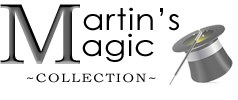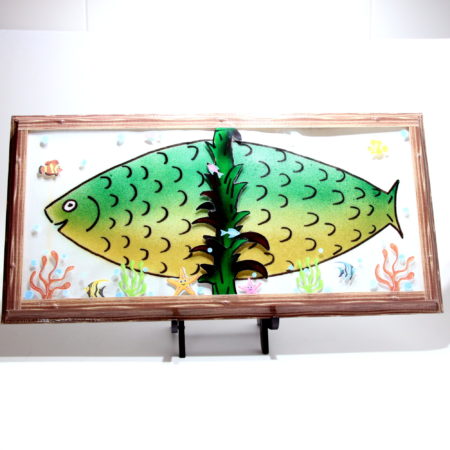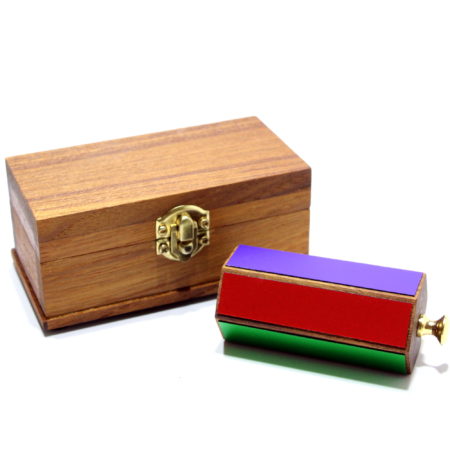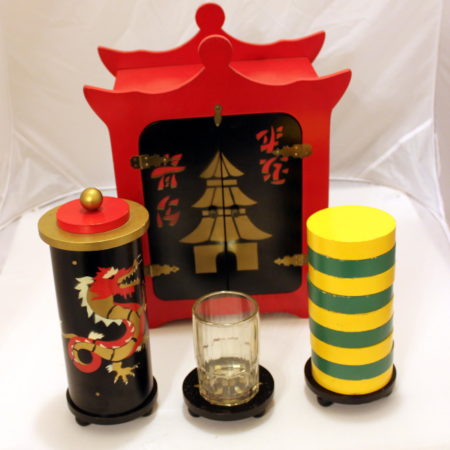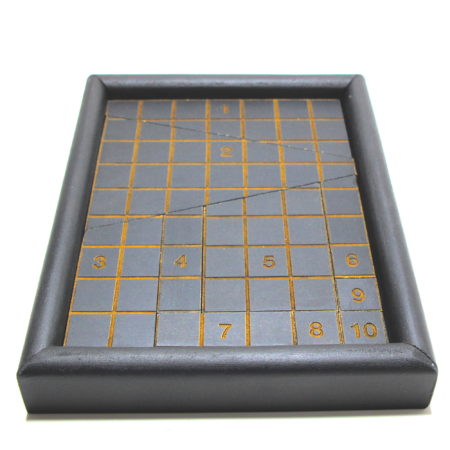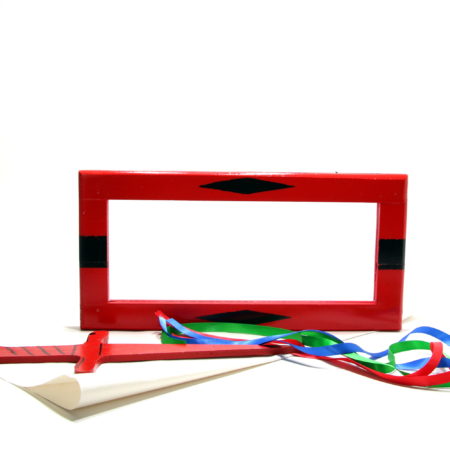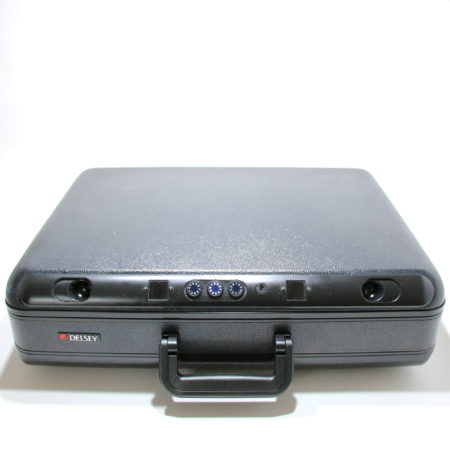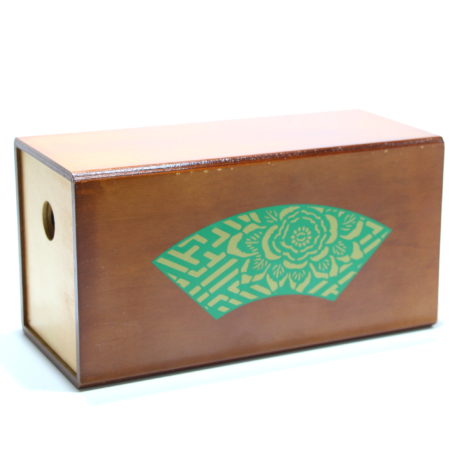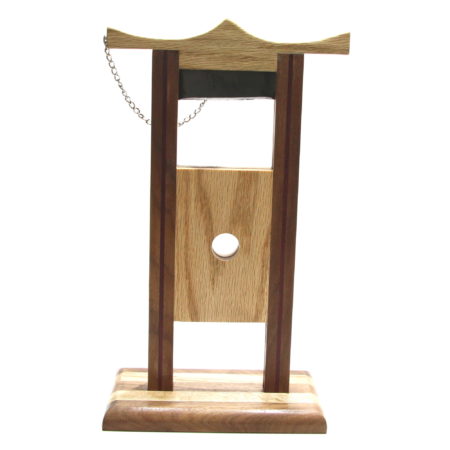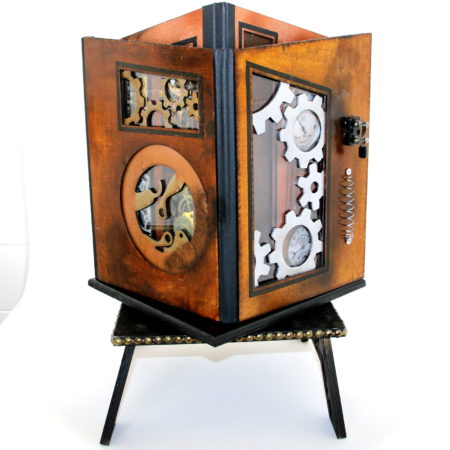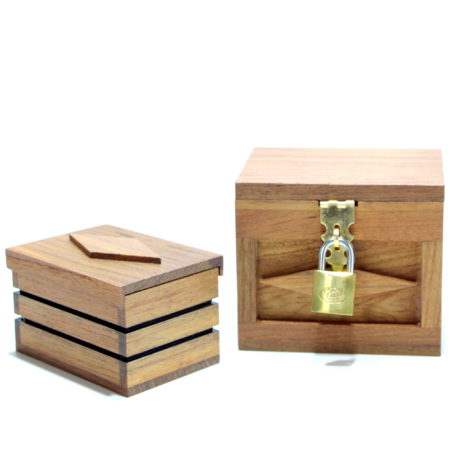
This is Magic Wagon’s miniaturized version of World’s Greatest Prediction Chest by Arturo, Roydon, Bob Mason and a wonderful job they have done too!
John M. Talbot wrote the instructions for Magic Wagon, and that is always a good thing because John will often taken an idea and flip it on its head to create a whole new approach which is better than the original ideas for the unit. In this case John describes four main ideas:
- Formal Future Show/Event – this is the primary routine that was created for the original Prediction Chest and The Telegraph Chest works perfectly in this mode. I personally feel that the original bigger chest in the plastic display box is more suited to this type of presentation but that is just personal preference, you can certainly use The Telegraph Chest for this. In fact if you picked up a plastic chest (from Amazon for example) you could quickly reproduce almost the same set-up.
- Formal Same Day Show/Event – this is a similar routine to 1. but I think it is more suited to the size of the box.
- Casual Home Performance – this would be perfect for any large family meal or get together
- Non-Prediction Presentation featuring Houdini – this is my personal favorite because it views this prediction chest as something quite different and John has created a routine that involves Harry Houdini with multiple magical moments happening and an engaging story line. This is why Magic Wagon ask John to get involved because he has devised a use for the box that you would not normally consider and you’ll love it 🙂
For those that like clever props, you’ll love this, and if you want to really amaze them you’ll love this, and if you like tinkering and combining different props together you’ll love this too. Something for everyone and John M. Talbot has done plenty to help you along the way.
Click here for more information.
